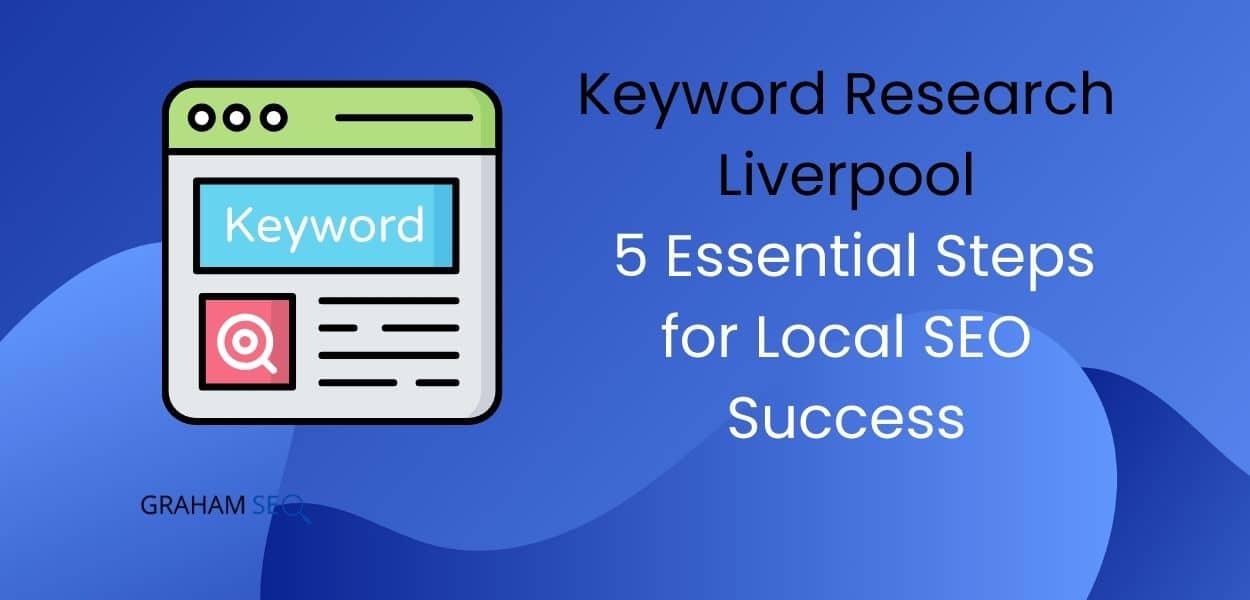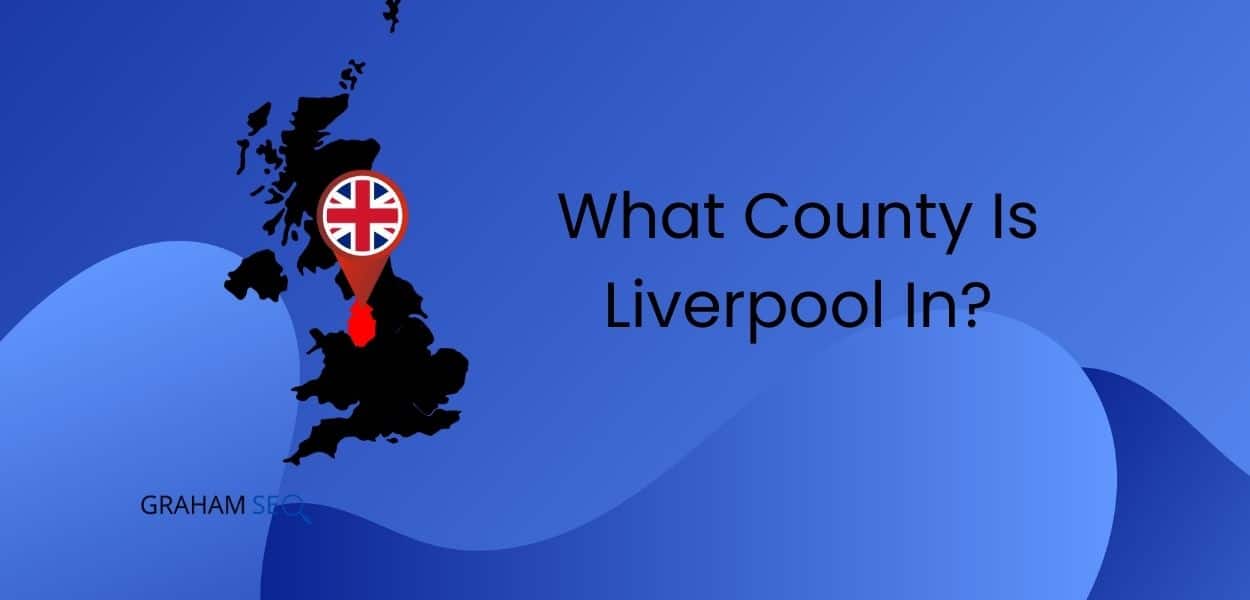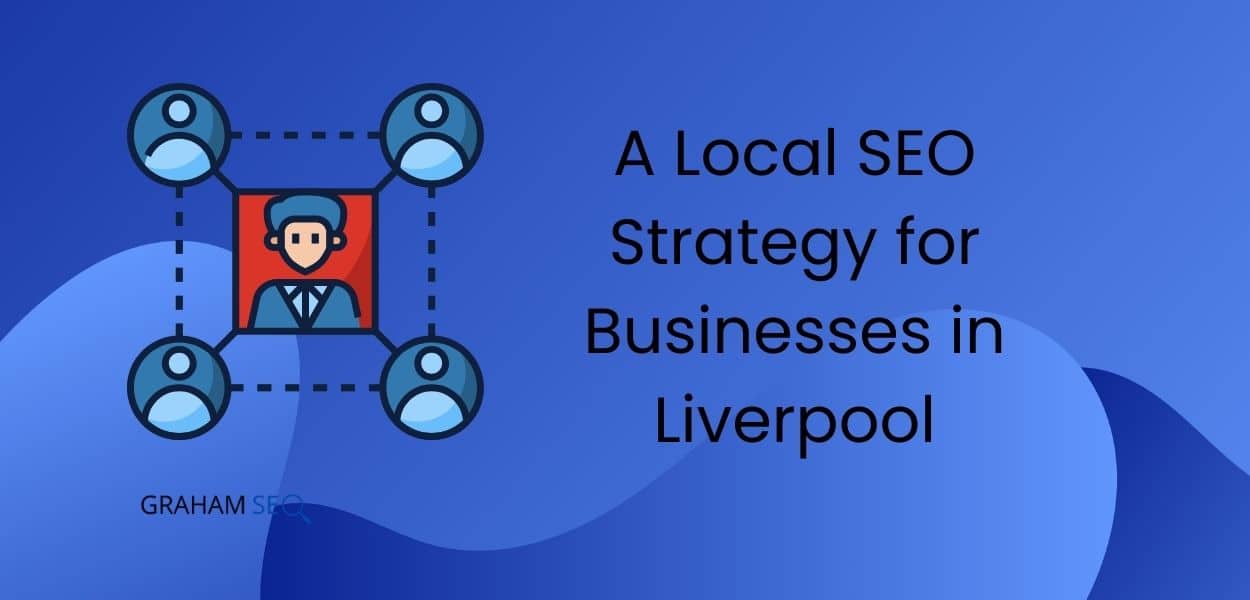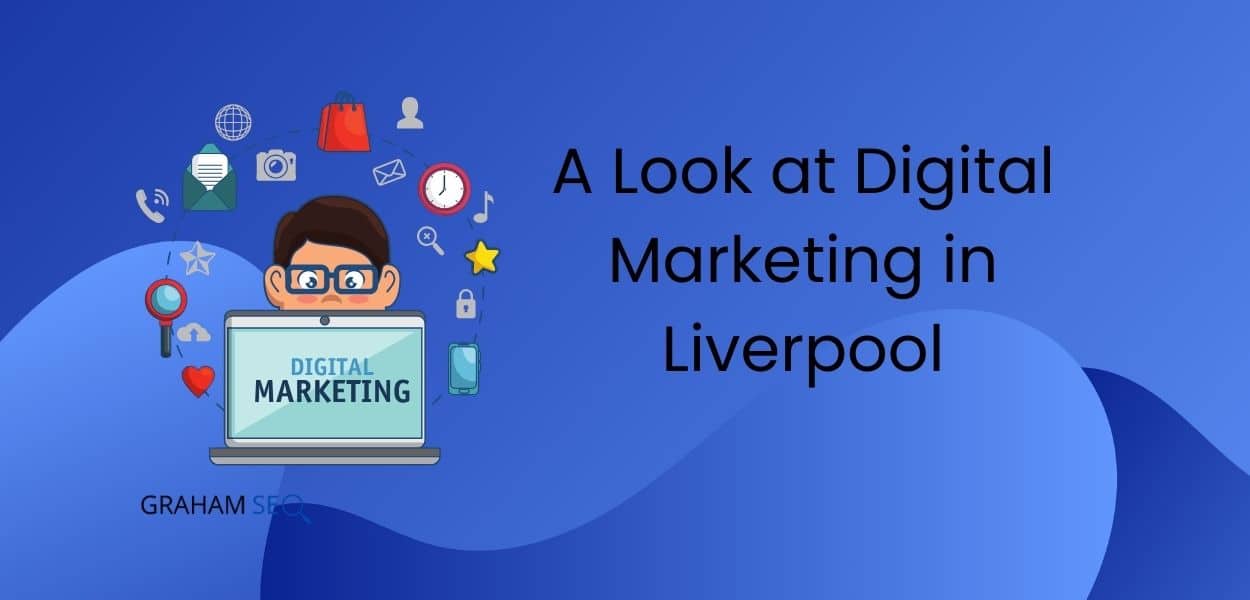
Liverpool is located in Merseyside, a metropolitan county in North West England that was established in 1974. Historically, Liverpool was part of Lancashire from its founding in 1207 until the local government reorganisation of 1974, when it became part of the newly created Merseyside metropolitan county. Today, Liverpool also functions within the broader Liverpool City Region Combined Authority, which coordinates strategic governance across six local authorities including Liverpool, Knowsley, St Helens, Sefton, Wirral, and Halton.
It’s a question that crops up more often than you’d think. Whether you’re filling out forms, planning a business expansion, or just trying to settle a pub argument, knowing Liverpool’s county status matters. It’s not as straightforward as it might seem – there’s history, politics, and more than a few boundary changes involved. At Graham SEO, we help businesses navigate these regional complexities to ensure their digital marketing efforts reach the right local audiences across Merseyside and the wider Liverpool City Region, because getting your geography right is surprisingly important for getting found online.
Merseyside is the metropolitan county that contains Liverpool, established in 1974 under the Local Government Act 1972. This metropolitan county encompasses five metropolitan boroughs: Liverpool, Knowsley, St Helens, Sefton, and Wirral, and covers an area of approximately 249 square miles with a population of around 1.42 million people, according to authoritative sources.
Merseyside is strategically positioned on both banks of the River Mersey estuary – yes, that’s where the name comes from, rather clever really. Liverpool sits as the largest settlement and economic powerhouse, whilst the River Mersey creates a natural divide: Liverpool and its neighbours on the eastern side, and the Wirral Peninsula playing the role of slightly posh cousin on the western side.
We specialise in helping businesses understand these geographic distinctions when developing local Liverpool SEO campaigns. Whether you’re a Liverpool city centre startup or expanding across the wider metropolitan area, we create strategies that reflect these administrative boundaries. Because nothing says “amateur hour” quite like targeting customers in the wrong county.
Yes, Liverpool was historically part of Lancashire from its establishment as a borough in 1207 until 1974. King John granted Liverpool its royal charter in 1207 – back when getting royal approval actually meant something – creating it as a borough within the historic county of Lancashire. For over 750 years, Liverpool remained proudly Lancastrian, growing from a modest medieval settlement into one of England’s great port cities.
This Lancashire connection ran deep through Liverpool’s golden age during the Industrial Revolution, when the city became central to the Atlantic trade routes and served as the departure point for millions seeking new lives across the pond. The ties were so strong that many Liverpool residents still consider themselves culturally Lancastrian, despite what the official paperwork says.
This historical loyalty explains why businesses targeting the region need to understand both the historical heart and the current administrative reality. At Graham SEO, we help companies create content that respects these cultural connections whilst ensuring they’re targeting the correct modern boundaries – because alienating locals over county pride is never good for business.
Liverpool became part of Merseyside on 1 April 1974 as part of nationwide local government reorganisation. No, it wasn’t an April Fool’s joke, though the timing was rather unfortunate. This change was implemented under the Local Government Act 1972, which swept through England like a bureaucratic tornado, reducing councils from 1,245 to 412 and creating six new metropolitan counties.
From 1974 to 1986, Liverpool operated under a two-tier system with Merseyside County Council handling the big picture stuff and Liverpool City Council managing the day-to-day details. Then in 1986, someone decided even this was too complicated, so Merseyside County Council was abolished, leaving Liverpool and its metropolitan neighbours to fend for themselves as unitary authorities.
Understanding these administrative musical chairs helps businesses develop more effective local SEO strategies. We work with companies to ensure their digital marketing reflects current governance structures whilst acknowledging the historical context that still influences how locals see themselves – because getting your targeting wrong can be as awkward as calling a Scouser a Manc.
The Liverpool City Region Combined Authority (LCRCA) is a strategic governance body established in 2014 that brings together six local authorities: Halton, Knowsley, Liverpool, Sefton, St Helens, and Wirral. Led by a directly elected Mayor, this authority coordinates regional strategy across everything from transport to tourism – basically, it’s the grown-up in the room making sure everyone plays nicely together.
The LCRCA secured over £900 million in devolution funding, plus additional government investment exceeding one billion pounds. That’s serious money for regional development, managed through bodies like Merseytravel, which keeps the buses and trains running across the region.
Here’s where it gets interesting for businesses: this structure extends beyond traditional Merseyside by including Halton in Cheshire. The Liverpool City Region now represents over 1.5 million people – a market that’s definitely worth understanding properly.
For businesses operating across this wider region, the Combined Authority opens doors to funding opportunities and strategic partnerships. We help companies navigate these governance structures to identify growth opportunities within the Liverpool City Region framework – because understanding who’s in charge can be surprisingly profitable.
Understanding Liverpool’s position within Merseyside and the Liverpool City Region is essential for effective local SEO targeting. Get this wrong, and you’ll be advertising to the wrong people in the wrong places – like setting up a surfing school in Birmingham.
Local SEO success depends on accurately reflecting your service areas within the correct administrative boundaries. When you say you serve “Liverpool and surrounding areas,” do you mean just Merseyside? The full Liverpool City Region? Or are you being optimistically vague and hoping to catch everyone from Warrington to Wales?
Google My Business optimisation requires precision that would make a Swiss watchmaker proud. Your NAP (Name, Address, Phone Number) consistency across online directories must align with correct county and regional designations, because Google notices these things and judges accordingly.
At Graham SEO, we develop location-specific strategies that target customers across the right geographic areas. Whether you’re a Liverpool city centre business eyeing expansion into Wirral, or a regional operation serving the entire Combined Authority area, we ensure your SEO strategy reflects appropriate boundaries. Our local SEO services help businesses achieve visibility in the right search results whilst building authority across their genuine service territories – no geographical fibbing required.
We understand the unique geographic and administrative complexities of the Liverpool City Region, which means we create more effective local SEO strategies for businesses across Merseyside and beyond. We’ve been navigating these regional intricacies longer than most people have been arguing about whether it’s still Lancashire or not.
Our team has extensive experience working with businesses that serve multiple areas within the region, from Liverpool city centre boutiques to companies spanning the entire metropolitan area. We know the difference between targeting Scousers and reaching out to Wirral residents – and yes, there is a difference.
We provide comprehensive SEO services including local SEO audits, strategy development, content creation, technical SEO implementation, and ongoing consultancy support. Our approach combines deep regional knowledge with proven SEO methodologies, helping businesses achieve visibility in local search results whilst expanding reach across appropriate target areas.
Whether you need one-off SEO consultancy, ongoing monthly support, or specialist guidance on local search optimisation, we deliver transparent, results-driven campaigns that work in the real world. Our clients benefit from clear reporting, honest communication, and strategies designed to generate measurable returns across their true service territories – because good SEO should make business sense, not just algorithmic sense.
Liverpool sits within Merseyside, and that local identity plays an important role in SEO. A strong local SEO strategy not only positions your business in Liverpool search results but also connects you with people searching across the wider Merseyside area. By targeting Liverpool and its county context together, you can capture more local intent, stand out in map listings, and build stronger visibility with customers both in the city and nearby towns.
As businesses across Liverpool and the wider Merseyside area often collaborate through local chambers, events, and industry groups. Understanding Liverpool’s place within Merseyside helps companies tap into broader networks, build lasting partnerships, and expand their reach beyond the city itself.









Opening hours
Monday: 09:00 - 18:00
Tuesday: 09:00 - 18:00
Wednesday: 09:00 - 18:00
Thursday: 09:00 - 18:00
Friday: 09:00 - 18:00
Company info
Graham SEO Ltd
Company No.10710878
VAT No. 349888132
Office 2, Oaktree Court Business Centre
Mill Ln, Little Neston, Ness
Cheshire, CH64 8TP
Tel: 0333 335 5902
Copyright © Graham SEO Ltd 2026. All Rights Reserved